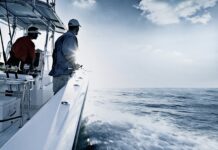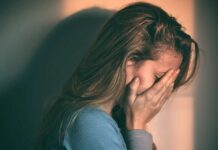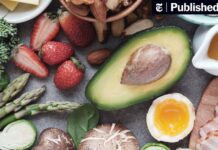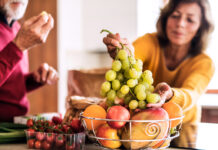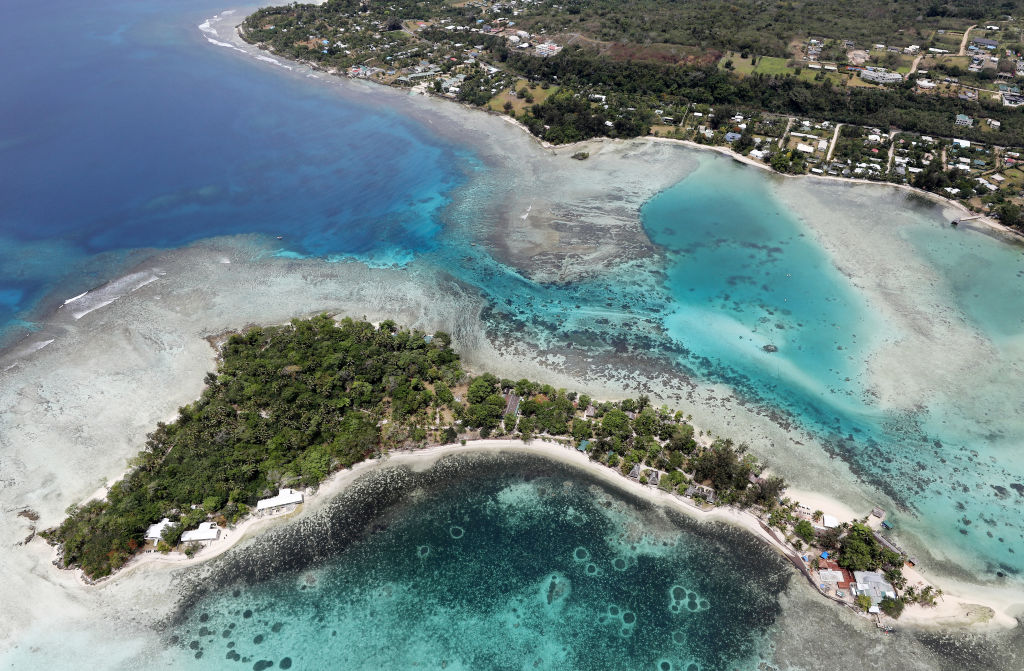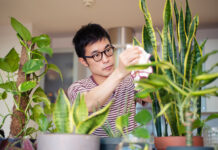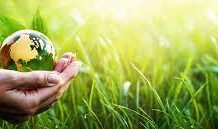Some far off Pacific island countries haven’t had a solitary instance of Covid-19 for the beyond two years. Presently they’re returning to the world, yet would they be able to deal with a flare-up?
Encircled BY THE sheer field of the world’s biggest ocean, numerous Pacific island countries were among the last regions of the planet immaculate by Covid-19. Their outrageous distance helped them out, thus did government choices to hammer borders shut right off the bat in the pandemic. The Marshall Islands, perceiving the danger of even a solitary instance of Covid, was one of the main nations on the planet to close its lines to untouchables in January 2020.
From Kiribati to Palau and Tonga to the Solomon Islands, this strategy has to a great extent worked. “As of recently, they’ve had the option to keep Covid under control generally because of shutting their lines and being incredibly, mindful about permitting individuals to come into the nation including their own kin,” says Tess Newton Cain, the task head of the Pacific Hub at the Griffith Asia Institute, an examination place. In any case, closing lines additionally implied harming nearby economies, which are vigorously dependent on the travel industry. Worldwide understudies were abandoned abroad, families were isolated, and mariners were stuck abroad while legislatures called for persistence.
In any case, such severe line measures were never going to keep going forever. Two years into the pandemic, a few nations have slackened their safeguards. Kiribati started to resume this year, and in late January, a sanctioned plane was allowed to get back 54 residents, large numbers of them ministers who had been lecturing abroad. A portion of the Kiribati residents getting back additionally carried the infection with them. With that, Kiribati lost its status as one of the last nations without a solitary instance of Covid.
Instances of Omicron in Kiribati presently number more than 1,700. The country has been secured since January 22, with cover orders, social removing, and immunization passes for movement required. The specialists have pronounced a condition of calamity. The medical services framework is thought to just have two or three ICU beds, Api Talemaitoga, the top of an organization of Indigenous Pacific Island doctors, told the Associated Press. The country is comprised of more than 30 atolls spread over a gigantic region, meaning the distance that has protected individuals likewise implies it can require days to get clinical consideration. Around 33% of Kiribati’s populace have been completely inoculated, as per Our World in Data.
What’s more following two years of remaining sans covid, Palau revealed its first cases toward the beginning of January, imported by explorers from abroad. The country’s case count currently remains at 460. Schools are shut and a cover command is active. Medical care laborers took to Facebook to share the outrageous coercion they are under: working as long as 16 hours per day and dozing outside so as not to taint their families.
In the Solomon Islands, cases are taking off. Local area transmission of the infection was first affirmed there on January 19. The head of the state, Manasseh Sogavare, said that as of February 6, one of every two inhabitants of Honiara, the capital, was contaminated with Covid-19, putting forth the current defense count near 50,000. The Covid-19 seclusion ward in Honiara, the main spot assigned for positive patients, has only 56 beds. On January 29 the Australian government sent two trips to the country to give frantically required clinical supplies. Just a fifth of the populace is inoculated, notwithstanding a copious stockpile. Via online media, local people are sharing photographs of tremendous groups attempting to get immunized. There have been 33 Covid-related passings revealed up to this point. “The Covid-19 circumstance will deteriorate before it improves. A lot a greater amount of us will get tainted and, unfortunately, a lot more might lose their lives,” Sogavare said in a public location on February 6.
In the repercussions of the new volcanic ejection and torrent, Tonga was apparently the most helpless of all to an episode. On February 1 the public authority declared that two port specialists had tried positive. The quantity of dynamic cases has since ascended to 13, and Tongan specialists have set up an open-finished lockdown. While 60% of the populace has been immunized, Tongans have not yet gotten sponsors, cultivating questions that they have sufficient insusceptibility to safeguard against Omicron. New Zealand has given 9,300 portions of the Pfizer antibody to Tonga trying to get them to forefront laborers and weak populaces rapidly.
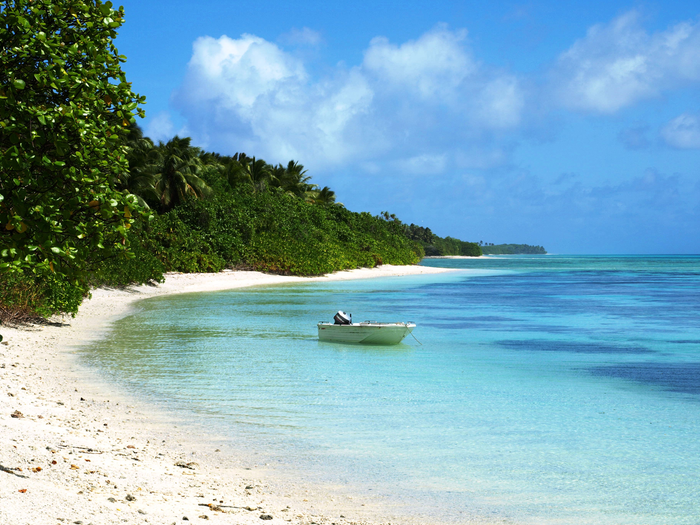
It’s difficult to exaggerate the weakness of these networks to Covid. Immunization inclusion rates change ridiculously in various pieces of the locale: in Palau, 95% of the populace is inoculated; in Papua New Guinea that figure is only 3%. It could require five years to immunize only 33% of its populace, one report anticipated. Others are all the more ordinary yet rising: Almost 70% of the populace is completely inoculated in Fiji, and around 60% in New Caledonia and Samoa.
A “level of lack of concern” can be faulted for low immunization rates in certain nations, says Newton Cain. Next to zero encounters with Covid has implied there wasn’t a lot of impetus for the overall population to get immunized. Doubt of wellbeing frameworks makes immunization reluctance an issue as well: deception spread via web-based media has fuelled the low antibody take-up in certain nations.
What’s more to exacerbate the situation, in post-frontier times, food propensities have moved more towards modest imported handled food sources, which, joined with progressively stationary ways of life, has prompted an ascent in stoutness and diabetes, two significant danger factors for Covid-19. Right around 60% of the grown-up populace of Tonga is believed to be fat. More than 35% of the populaces of Kiribati, the Solomon Islands, and Vanuatu experience the ill effects of wholesome inadequacy. “There’s an immense occurrence of diabetes in pretty much every island in Oceania,” says Philippe Georgel, a virology and hereditary qualities specialist at the University of Strasbourg who has done research in New Caledonia and co-created a paper in The Lancet that called for more examination into what Covid means for Pacific island countries.
Medical care frameworks in Pacific island countries are seriously restricted as far as gear, assets, and prepared staff. There are 21 clinic beds and only five doctors for each 10,000 individuals, as indicated by information from the Asian Development Bank. Furthermore friendly separating isn’t a possibility for some. “Regularly, families are comprised of a more distant family bunch,” says Newton Cain-multigenerational and affectionate. “So having the option to keep that social separation is hard.” Lockdowns can likewise be destroying: Some individuals don’t have the money stores to load up on necessities ahead of time, she says.
Therefore, a few countries are managing a triple weight: the pandemic, the predominance of non-transmittable infections, and the danger of catastrophic events that are normal in the area, for example, quakes and typhoons, says Berlin Kafoa, chief for the Public Health Division at the Pacific Community, a global improvement association situated in New Caledonia, where cases have arrived at right around 10,000 and the passing count is drawing nearer 300. “A solitary cataclysmic event can briefly clear out the food security endeavors and yearnings of a whole country,” says Kafoa, which makes these populaces “considerably more helpless to the entanglements of Covid-19.”
The initial two years of pandemic seclusion have additionally come at a weighty cost for the detached island countries in the Pacific. As per information from the Asian Development Bank, the economies of these nations shrank by just about 6% in 2020. The district chances confronting a “lost ten years” because of the monetary aftermath except if it gets global guide in the following not many years, as indicated by the Lowy Institute, a free research organization in Sydney, Australia. This has additionally exacerbated existing social and wellbeing weaknesses. “It’s currently turning out to be evident that due to the absence of assets for the most part, and in light of the fact that such countless assets have been redirected to Covid, other wellbeing challenges are going by the board,” Newton Cain says. “We’re currently worried about an absence of reconnaissance on things like TB [tuberculosis], or individuals not being checked for being pre-diabetic or diabetic, and not having the option to seek medicines for different things.” The backhanded wellbeing impacts of Covid-19 closures will be huge, she cautions.
Presently, as they fight flare-ups and climbing case rates, the way out of the pandemic could be slippery for these nations. “All Pacific island countries should resume to launch their all around delicate, contracting economies to work on the occupations of their peoples,”says Kafoa. When precisely to return will be chosen by variables like immunization inclusion and basic consideration limit. His association’s recommendation to Pacific island countries is basic: “Accept that they will get Covid-19 and plan in like manner.” So far, closing off from the remainder of the world has been the main choice for these far off nations and it’s worked. “The issue,” says Georgel, “is it won’t work for eternity.”


